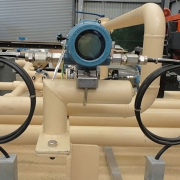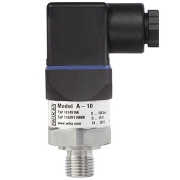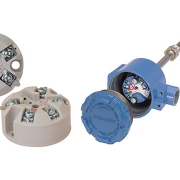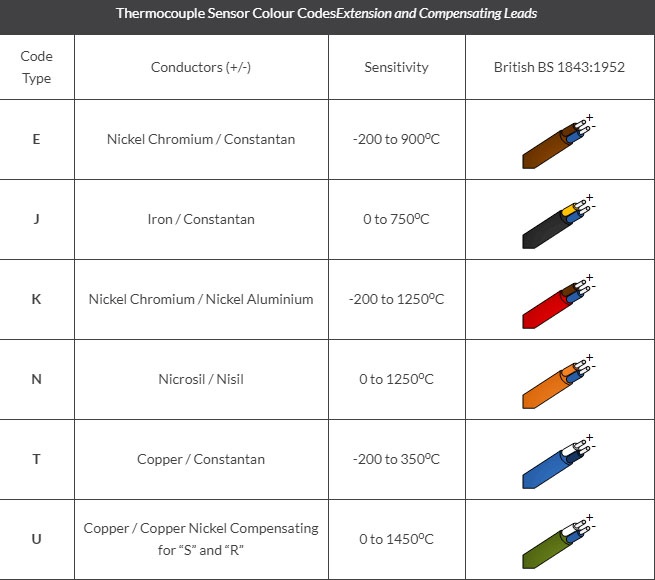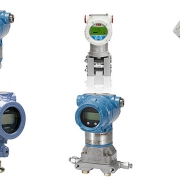Rosemount 3051T In-Line Pressure Transmitter
Rosemount 3051T In-Line Pressure Transmitter
With the Rosemount 3051 Pressure Transmitter, you’ll gain more control over your plant. You’ll be able to reduce product variation and complexity, as well as your total cost of ownership by leveraging one device across the number of pressure, level, and flow applications. You’ll have access to the information you can use to diagnose, correct, and even prevent issues. And with unparalleled reliability and experience, the Rosemount 3051 is the industry standard that will help increase efficiency and safety so your operations can remain globally competitive.
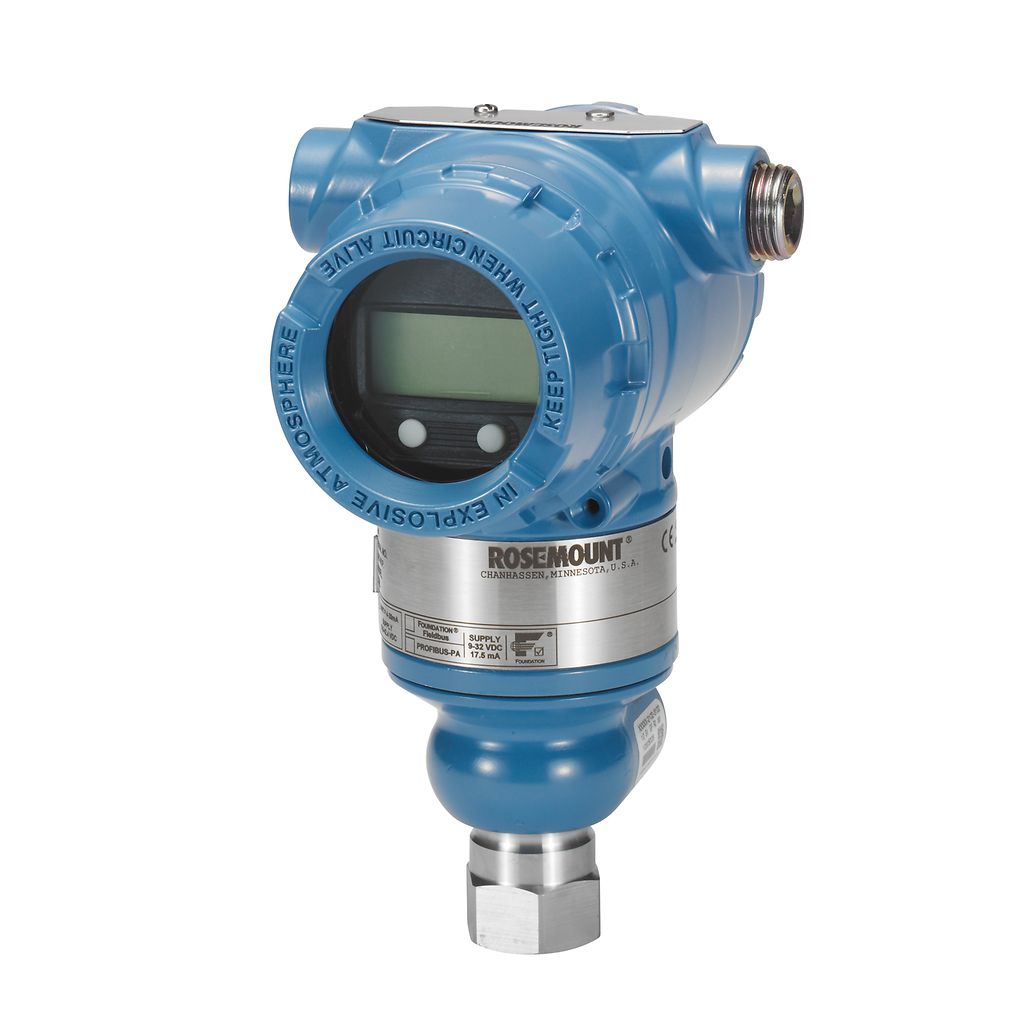 Pressure technology solutions include capacitive, piezoresistive and other sensors to provide essential process data in differential, gage and absolute pressure applications.
Pressure technology solutions include capacitive, piezoresistive and other sensors to provide essential process data in differential, gage and absolute pressure applications.
These sensors measure pressure, level, flow, and derivatives by physically responding to the changes in process pressure, converting the physical movement into an electrical signal.
Rosemount 3051T In-Line Pressure Transmitters are the industry standard for gage and absolute pressure measurement.
The in-line, compact design allows the transmitter to be connected directly to a process for quick, easy and cost-effective installation. Capabilities include: n Power advisory can proactively detect degraded electrical loop integrity issues (option code DA0) n LOI with straightforward menus and built-in configuration buttons (option code M4) n Safety Certification (option code QT)
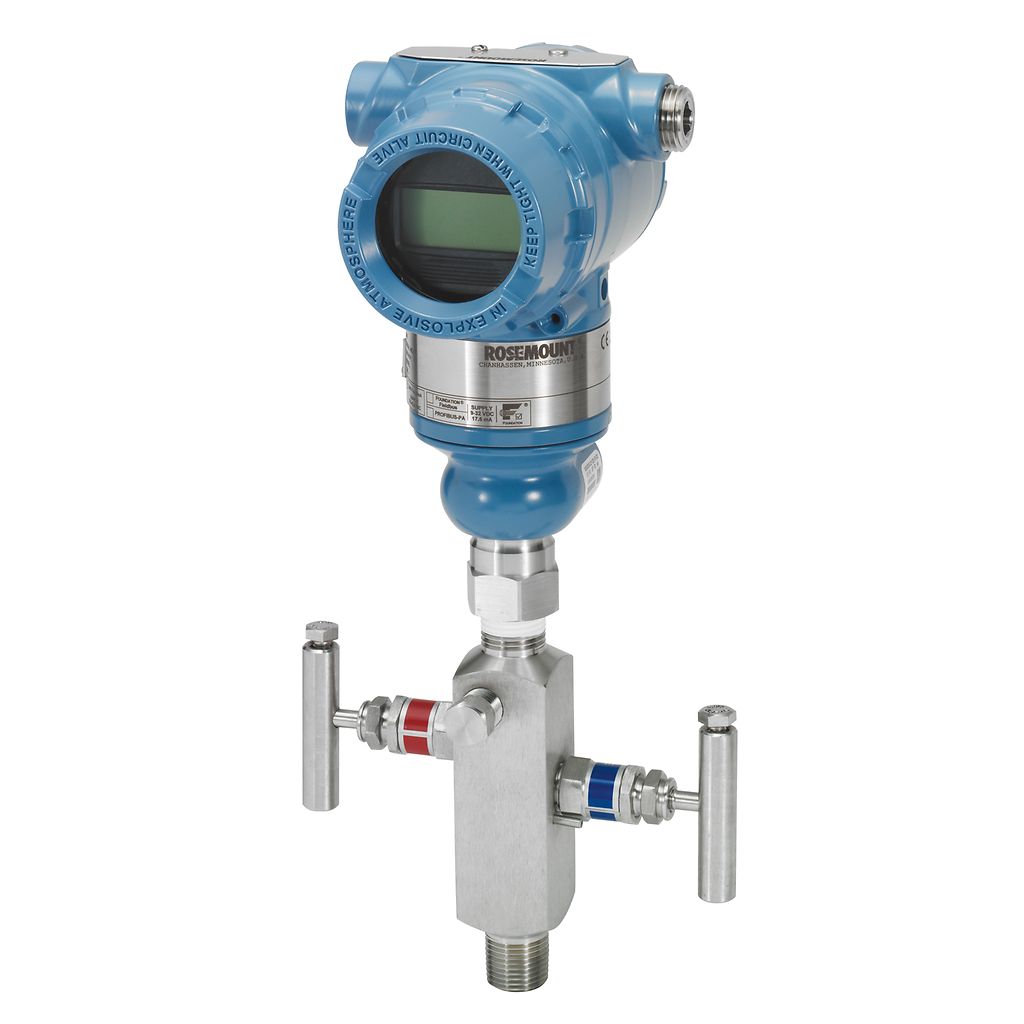
Features
- Over 10 million Rosemount 3051 devices installed globally, providing reliable pressure readings in harsh environments
- In-line gauge and absolute pressure measurements support up to 20,000 psi (1378,95 bar) for pressure and level solutions
- 10-year installed stability and 150:1 range down produce reliable measurements and wide application flexibility
- Supports common protocols for integration in many host environments across many industries
- Wide range of manifolds and remote seals are available – factory-assembled and leak-tested for easy installation
- Local Operator Interface (LOI) enables quick commissioning and provides easy access to process and device information
- SIL 2/3 certified to IEC 61508 (via 3rd party) and prior-use certificate of FMEDA data for safety installations
- Loop Integrity diagnostics detect electrical loop issues for reduced downtime
Technical specification
Pressure type
- Absolute
- Gage
Pressure range
Gage (Rosemount 3051TG)
- –14.7 to 30 psi (–1,01 to 2,06 bar)
- –14.7 to 150 psi (–1,01 to 10,34 bar)
- –14.7 to 800 psi (–1,01 to 55,15 bar)
- –14.7 to 4000 psi (–1,01 to 275,79 bar)
- –14.7 to 10000 psi (–1,01 to 689,47 bar)
- –14.7 to 20000 psi (–1,01 to 1378,95 bar)
Absolute (Rosemount 3051TA)
- 0 to 30 psi (0 to 2,06 bar)
- 0 to 150 psi (0 to 10,34 bar)
- 0 to 800 psi (0 to 55,15 bar)
- 0 to 4000 psi (0 to 275,79 bar)
- 0 to 10000 psi (0 to 689,47 bar)
- 0 to 20000 psi (0 to 1378,95 bar)
Transmitter output
- 4–20 mA with a digital signal based on HART Protocol
- FOUNDATION Fieldbus Protocol
- PROFIBUS PA Protocol
- Wireless (requires wireless options and engineered polymer housing)
- Low-power 1–5 Vdc with a digital signal based on HART Protocol
Process connection style
- 1/2–14 NPT female (range 1–5 only)
- G1/2 A DIN 16288 male (range 1–4 only)
- Coned and threaded, compatible with autoclave type F-250-C (range 5–6 only)
- Non-threaded Instrument flange (range 1–4 only)
Isolating diaphragm
- 316L SST
- Alloy C-276
- Gold-plated 316 SST
Process connection wetted parts material
- 316L SST
- Alloy C-276
- 316L SST
Sensor fill fluid
- Silicone
- Inert
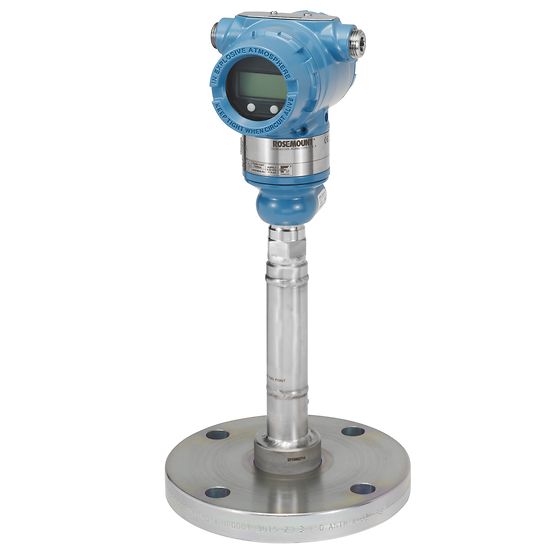 Pressure Transmitter Applications
Pressure Transmitter Applications
- Oil and Gas Automation
- Pressure Gauge Replacement
- Plant Utility Monitoring
- Heat Exchangers
- Filters for Pumps, Turbines, Compressors
- Environmental Compliance
- Lube Oil Systems for Rotating Equipment
- Tank Inventory

